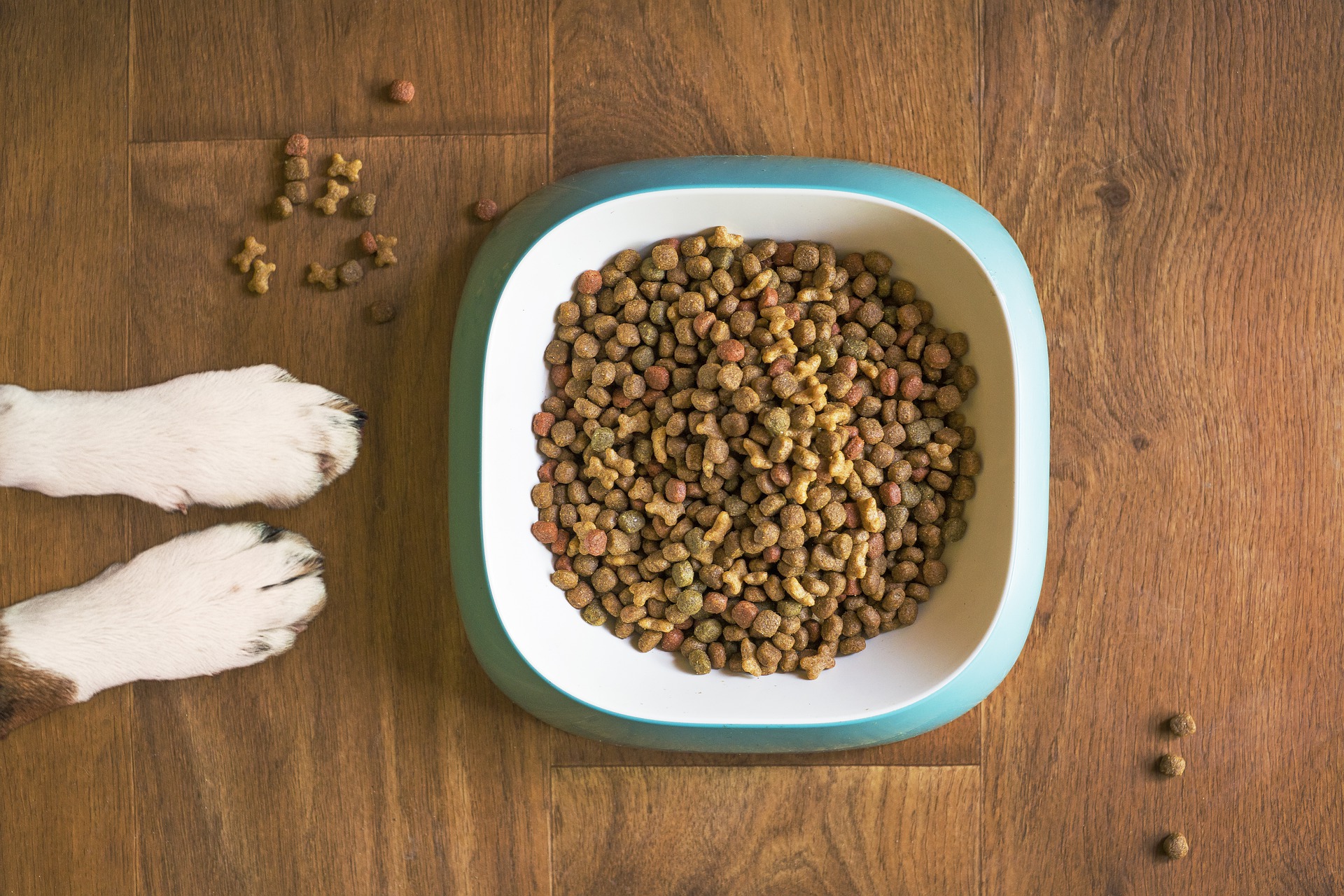Dog food formulas are improving in both quality and flavor, so picky eaters are less common these days than in the past. However, now and again, you may find yourself in the company of a picky eater. If you own a dog who refuses food, feeding them can be a battle each day. Let’s explore what makes a dog a picky eater and some different approaches you can take to feeding them.
What Causes Picky Eating?
If your dog has always been picky, it may simply have a small appetite or a strong preference for one kind of food. On the other hand, if you notice that your dog used to have a healthy appetite but now is hesitant to eat, there may be another underlying cause. Many dogs develop food allergies or intolerances that can cause tummy aches or nausea; if they have developed a reaction to the food you’re offering, they will likely not want to continue eating it. Gum disease or another dental issue can also quickly discourage your pup from eating kibbles. More serious issues involving the kidneys or liver may also play a role, so it’s best to contact your vet if you notice a sudden loss of appetite that lasts longer than 36-48 hours.
How to Feed Them
- Start with a simple meal: You can try cooking a simple meal of rice and boiled chicken without bones or skin in the short term. This is great to give to dogs with upset stomachs, and it often works to entice picky eaters as well. However, you shouldn’t feed your dog this meal for an extended period of time, as it’s not nutritionally balanced.
- Put a clock on mealtime: Make meals predictable for your dog, and limit the amount of time that food is available. For example, feed them at 7 am and 6 pm every day, and take the food away after 30 minutes. It may take a meal or two for your pup to catch on, but once they realize that the food won’t be there all day, they will learn to eat at mealtimes.
- Cut back on treats: It’s frustrating and worrisome when your dog refuses their kibble, so owners may be tempted to compensate with excess treats or table scraps. This tactic usually exacerbates the issue, though – the dogs learn that if they ignore the “boring” kibble long enough, they’ll eventually get to eat their fill of treats! Avoid giving out treats when they’re unearned, such as when your dog performs a trick.
- Don’t overfeed them: Make sure you’re giving your dog only enough food to maintain a healthy weight. It’s easy to overfeed a dog, so pickiness may simply occur because your dog is too full to finish their meal. To know how much you should be feeding your dog, ask your vet what the dog’s ideal weight should be. Then, refer to the back of their food bag; it should have a chart dictating the amount of food that should be given to maintain a certain weight. Kibbles are nutritionally dense, so it may seem like it’s not enough – but trust the professionals.
- Play pretend: Some dogs may be tricked into eating their food if you make it look like you’re cooking or adding ingredients. If they refuse to eat or are uninterested when you scoop their kibbles, put their bowl on the stove, stir it around and pretend to shake spices into it. It’s likely this will convince your pup that you’ve improved or made the food more special, and then they will eat it willingly.
Gulf Coast K9 Dog Training is a professional training and obedience facility located in Bradenton, FL.





